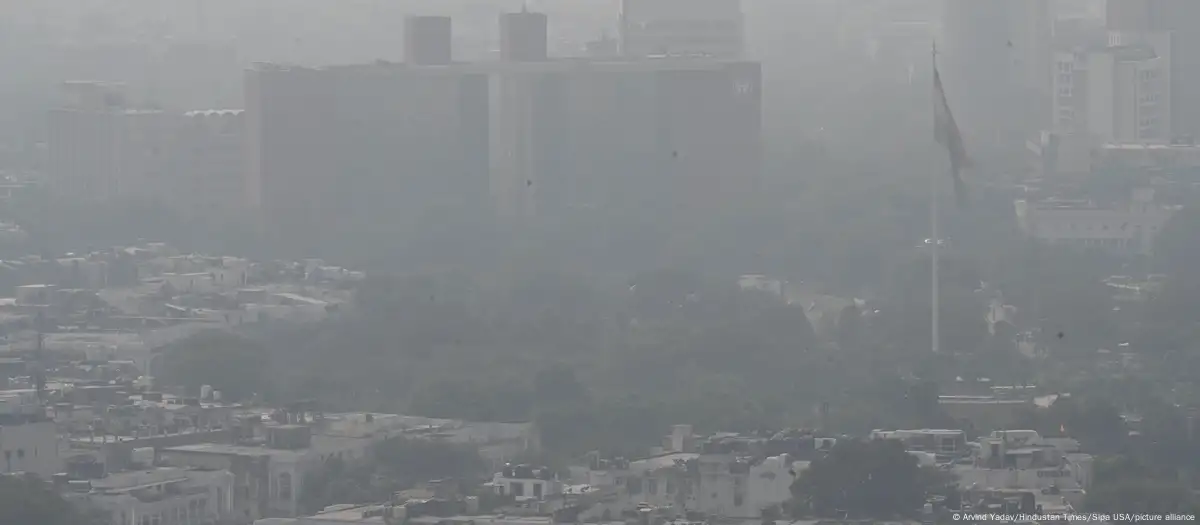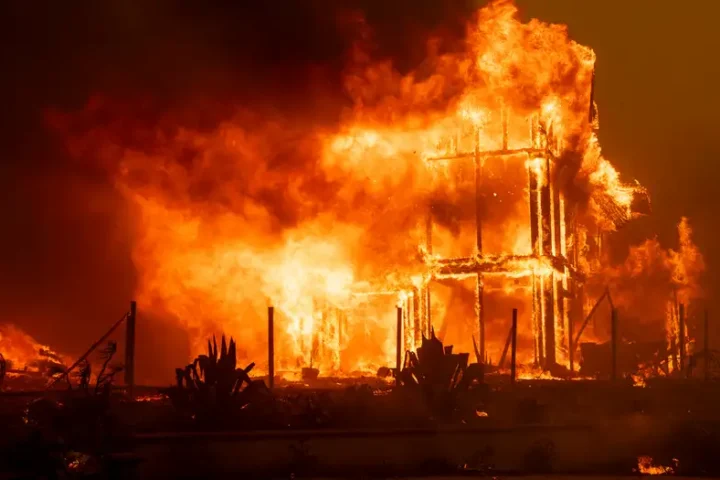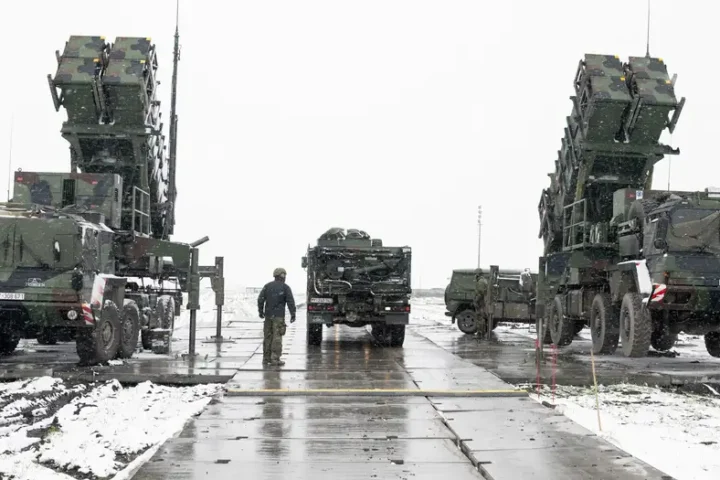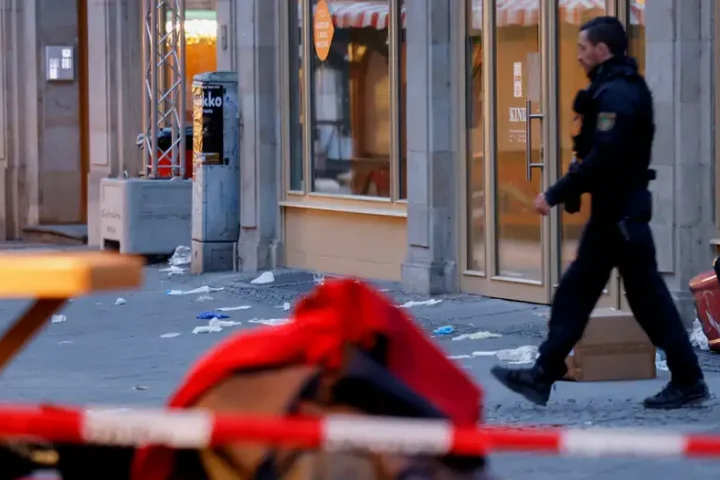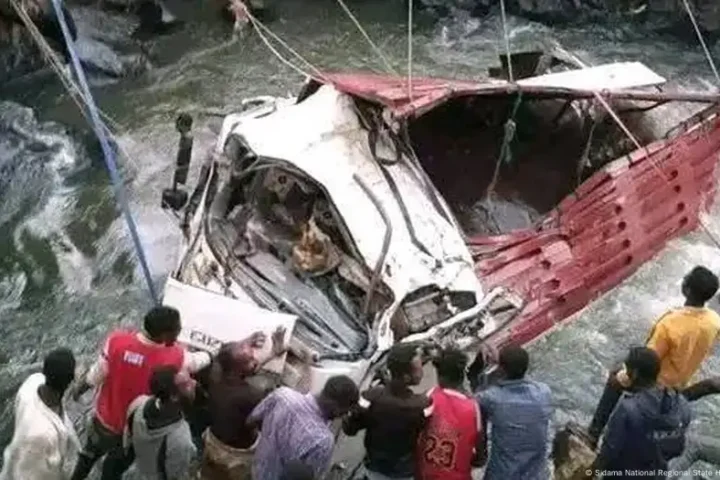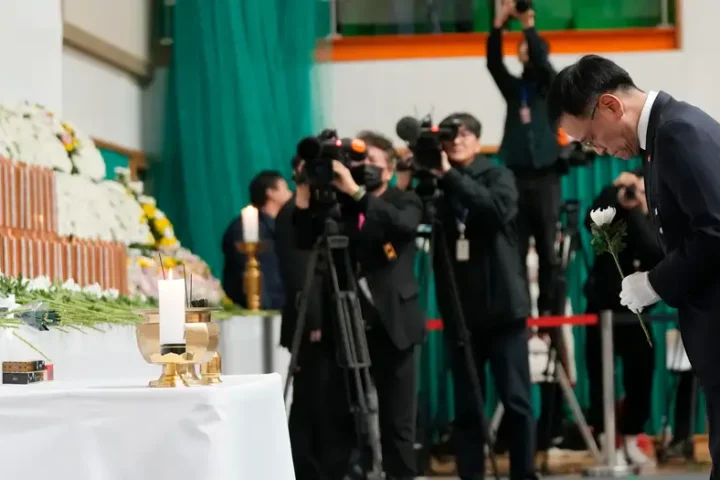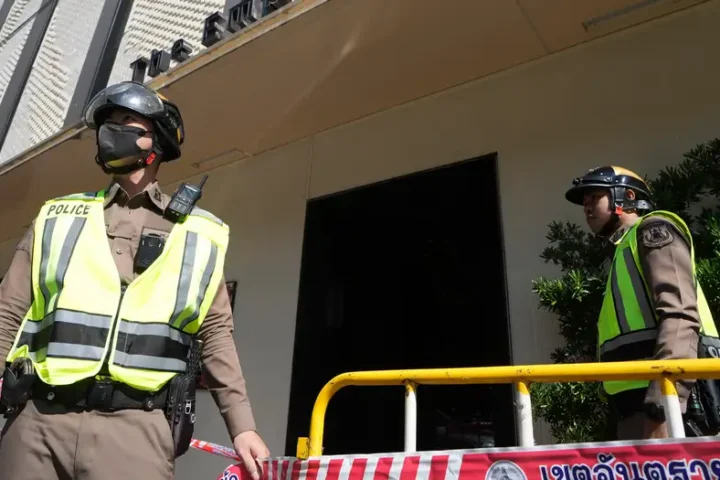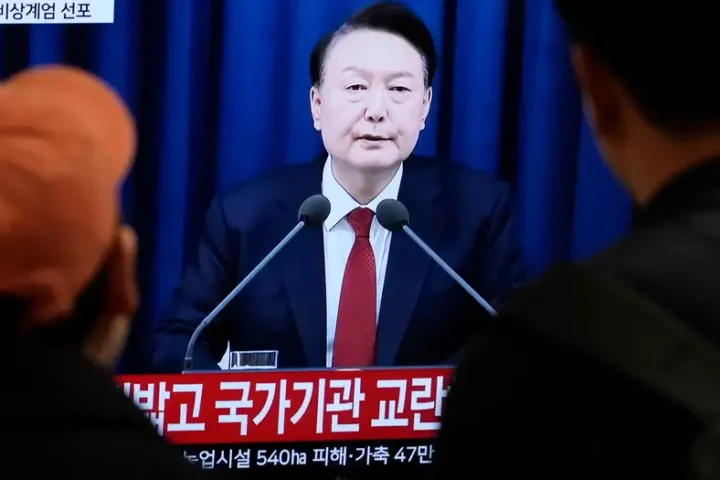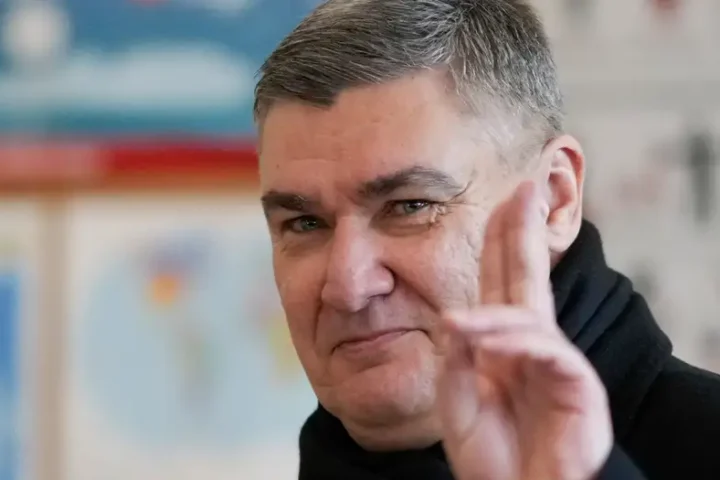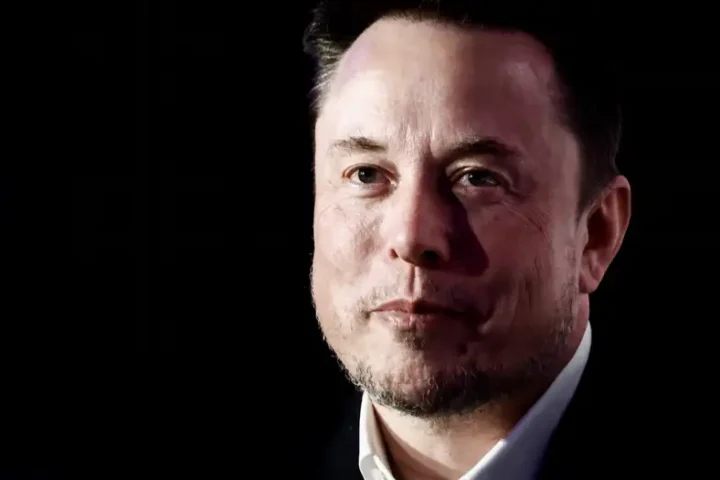Every year, Delhi celebrates the festival of Diwali by lighting fireworks, sending the Indian capital’s already thick smog to toxic levels. The government is under pressure to enact regulations to curb air pollution.
“Ever since they were toddlers, both of my twin girls frequently had runny noses and persistent coughs, which would magically disappear whenever we left the city,” Delhi resident Bhavreen Kandhari told DW.
“This pattern was becoming common among many children, clearly pointing to the air quality as the culprit,” added Kandhari, who is the co-founder of Warrior Moms, a collective fighting for children’s right to clean air.
Every year, the Indian capital struggles with air pollution that reaches hazardous levels during the festival of Diwali, during which residents set off fireworks by the millions.
Locals are forced to purchase air purifiers and N95 masks as the city becomes shrouded in smog and air quality index (AQI) reach unhealthy levels. On Tuesday, Delhi authorities reported an AQI of over 300, categorized as “very poor.”
Air pollution gets political
On October 23, India’s Supreme Court criticized the central government for not taking enough action to improve air quality. It also condemned the governments of Punjab and Haryana states, located to the north of Delhi, for not doing enough to control straw stubble burning on farms.
The central government has asked for ten more days to finalize the rules to penalize polluters.
However, the central government run by the Bharatiya Janata Party (BJP) and Delhi’s local government run by the opposition Aam Aadmi Party (AAP) are often at loggerheads over the issue, which has lapsed into partisan bickering.
The BJP’s Delhi President Virendra Sachdeva blamed the AAP administration for failing to control the air quality levels. AAP’s Aatishi Marlena, who is the current chief minister of Delhi, told reporters that “the dirty politics of the BJP is responsible for growing air and water pollution.”
She said pollution in Delhi has increased due to stubble burning in the neighboring states of Haryana and Uttar Pradesh — ruled by the BJP — has been a leading cause of Delhi’s deteriorating air quality.
“Air pollution in a city can’t be reduced by just taking steps inside the municipal corporation boundaries as air pollution doesn’t recognize any administrative or political boundaries and travels to hundreds of kilometers,” Sunil Dahiya, founder of Envirocatalysts, a Delhi-based clean air advocacy group, told DW.
He added this necessitates the “adoption of regional and airshed based pollution governance and reduction.”
What can be done to fight air pollution?
The Delhi Pollution Control Committee has placed a ban on fireworks until January 1, 2025.
In addition, a “Pollution War Room” has been set up to coordinate responses to deteriorating air quality, especially in 13 hotspots identified across the city.
Over the years, many attempts have been made to reduce air pollution. Many experts agree curbing air pollution at the source is the best long-term solution.
When it comes to solutions, many experts agree that the ideal way ahead is to tackle pollutants at the source.
“Artificial rain and smog towers aren’t really the solution to pollution but are only bandage solutions, the real solution to pollution lies in reducing the emission load at the primary source,” said Dahiya.
“All measures such as limited usage of firecrackers, pollution control at construction sites, driving restrictions at sensitive locations will help reduce pollution,” he added.
A strategy called GRAP II (Graded Response Action Plan) stage has been implemented, which places restrictions on the use of coal, firewood and diesel generators. Construction activities have been restricted and people are being asked to use public transport.
Delhi currently has two smog towers, which act as large-scale air purifiers. However, locals have questioned their effectiveness in making the air more breathable.
“Currently, most of funding is allocated to dust mitigation, which contributes only about a quarter of total pollution,” Manoj Kumar, analyst at the Centre for Research on Energy and Clean Air (CREA), told DW.
“Reducing reliance on fossil fuels, particularly coal, is a critical step in combating air pollution. Promoting non-motorized transport options such as cycling and walking, along with enhancing public transportation, can significantly reduce emissions,” Kumar said.
Locals continue to breathe toxic air
Last week, Delhi hospitals reported a 30-40% rise in respiratory illnesses, especially among children and the elderly.
Apart from short-term effects such as coughing, wheezing, difficulty breathing and irritation of the eyes, exposure to toxic air can have negative long-term outcomes.
India: Delhi smog dangerously unsafe for residents
“For those with pre-existing conditions, exposure can significantly exacerbate their health problems. The fine particulate matter can penetrate deep into the lungs, reaching the alveoli and even entering the bloodstream. This translocation poses serious risks to cardiovascular health, increasing the likelihood of stroke and ischemic heart disease, particularly among the elderly,” said Kumar.
The Air Quality Life Index (AQLI) report released in 2024 by the University of Chicago’s Energy Policy Institute (EPIC) said air pollution in Delhi can reduce the life expectancy of residents by up to 7.8 years.
“Fixing air pollution will require work across India’s clean energy transition, agriculture policy, urban mobility policies and prioritizing the protection of the existing green cover. All this has to move beyond the drafts, commissions, committees or summits. It will have to reflect on the ground at the community level,” said Kandhari.
